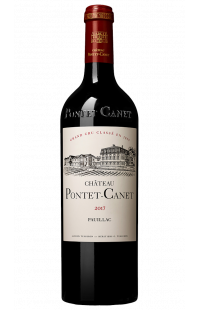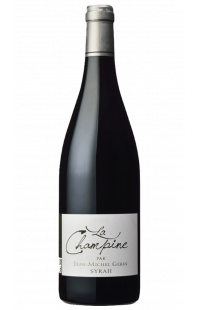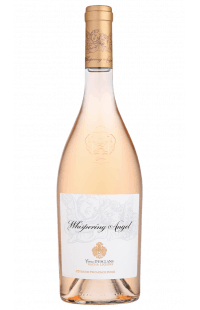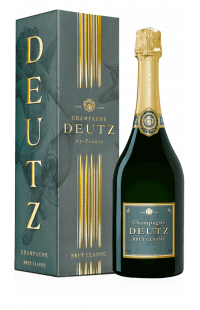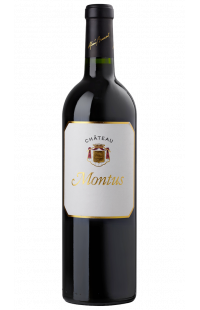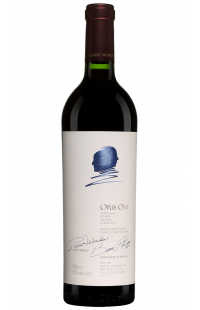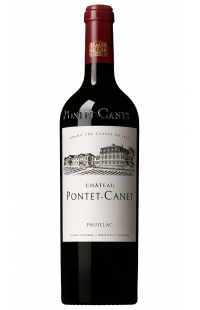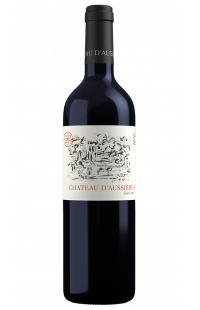- Menu
- All our wines
- Bordeaux
-
Rhône
-
Burgundy
-
Rosés Wines
-
Champagne
- France
-
World
- PRIMEURS
- ORGANIC WINES
Corbières Wines
The Wines of Corbières: A Journey to the Heart of the Languedoc Terroir
The wines of Corbières, with their powerful reds, delicate rosés, and refreshing whites, captivate wine enthusiasts worldwide. Located in the Languedoc, this appellation rich in history and diversity offers wines with unique aromas of garrigue, red fruits, and spices.
Corbières, situated in the Aude department in the Occitanie region, is characterized by a varied terroir. Valleys, hills, and mountains are part of the landscape, and the Mediterranean influence is present in every bottle. The region is rich in varied soils—limestone, schist, and sandstone—which contribute to the complexity of Corbières wines.
The history of Corbières is deeply rooted in viticulture. Since antiquity, Greeks and Romans cultivated vines here. The Corbières appellation d'origine contrôlée (AOC) was recognized in 1985, a tribute to the centuries of expertise and love of vines that characterize this region.
The Terroirs of Corbières: Exceptional Diversity
The AOC Corbières is divided into several sub-regions, each with its unique characteristics:
- Corbières Méditerranéennes: Close to the sea, this sub-region has a milder climate, producing wines with floral and fruity notes.
- Corbières Centrales: Defined by limestone soils and drier conditions, this area produces powerful wines with garrigue aromas.
- Corbières Alaric: A mountainous region with clay and limestone soils, producing full-bodied wines.
- Corbières-Boutenac: A distinctive cru within Corbières, known for its age-worthy wines.
The warm and dry climate, with mild winters, allows for slow and steady grape ripening. Maritime breezes and the Cers wind (northwest wind) help preserve acidity and aromas in the grapes, preventing excessive sugar concentration.
Signature Grapes of Corbières
Red Varieties: The Strength of Carignan, Syrah, and Grenache
Red wines make up about 90% of Corbières' production. The primary grape varieties include:
- Carignan: The iconic grape of Corbières, adding structure and character, with notes of dark fruit and licorice.
- Syrah: Provides black pepper and spice aromas, balancing the wines elegantly.
- Grenache: The quintessential Mediterranean grape, adding fruity notes and natural softness to blends.
White and Rosé Varieties: A World of Freshness
Although less common, white grape varieties also contribute to the diversity of the appellation:
- Grenache Blanc: Produces round and aromatic wines with citrus and white flower notes.
- Marsanne and Roussanne: Add complexity and exotic fruit aromas.
- Mourvèdre and Cinsault: Used for rosés, these varieties create fresh, elegant wines perfect for hot summer days.
Characteristics of Corbières Wines
Corbières wines are marked by intense aromas of garrigue, thyme, rosemary, and sometimes lavender. The powerful, structured reds feature notes of dark fruits, licorice, and pepper. The whites are often floral, with hints of honey and citrus, while the rosés blend freshness with red berry notes.
Corbières wines, especially the reds, have excellent aging potential. The tannic structure and aromas evolve beautifully over time, developing notes of leather, truffle, and forest floor. While some wines are ready to drink young, others reach their peak after five to ten years of aging.
Traditional and Innovative Winemaking in Corbières
Red wines in Corbières often undergo extended maceration to extract tannins and color. Aging is typically done in oak barrels, adding woody notes and enhancing the development of aromas.
Corbières whites and rosés are vinified at low temperatures to preserve their freshness. Winemakers practice short fermentation, often in stainless steel tanks, to maintain fruity and floral aromas.
Enjoying Corbières Wines
To fully appreciate a Corbières red, it’s recommended to serve it between 16 and 18°C. Whites are best enjoyed chilled, between 8 and 10°C, and rosés around 10 to 12°C. Decanting is beneficial for young reds to reveal their powerful aromas.
Corbières wines pair wonderfully with Mediterranean cuisine. Here are some pairing suggestions:
- Reds: Grilled meats, stews, cassoulet, or sheep cheese.
- Whites: Grilled fish, seafood, or summer salads.
- Rosés: Tapas, charcuterie, and grilled vegetables.
Some vintages stand out due to favorable climate conditions. The years 2015, 2018, and 2020 were exceptional, producing rich, well-structured wines with good aging potential.
Wine Tourism in Corbières
The Corbières region is a popular destination for wine lovers. Many estates offer guided tours, tastings, and vineyard walks. These experiences allow visitors to explore the richness of the terroir and meet passionate winemakers.
Corbières hosts numerous wine events: harvest festivals, farmers' markets, and tastings. These convivial occasions are perfect for discovering the diversity of the region’s wines in a warm and welcoming atmosphere.
Challenges and Future Prospects for the Corbières Appellation
The Challenge of Climate Change
As in many other wine regions, climate change presents a challenge for Corbières. Winemakers are adapting by adopting more sustainable practices, such as controlled irrigation and using heat-resistant grape varieties.
Innovation in Corbières Viticulture
Innovation is crucial for the future of Corbières. Winemakers experiment with modern vinification techniques and explore new practices to enhance grape varieties while respecting the terroir.
FAQs about Corbières Wines
What are the characteristics of Corbières red wines? Corbières reds are rich, powerful, with aromas of garrigue, dark fruits, and spices, and have a tannic structure ideal for aging.
What grape varieties are typical of Corbières wines? The main grape varieties are Carignan, Syrah, and Grenache for reds, and Grenache Blanc, Marsanne, and Roussanne for whites.
How should a Corbières wine be tasted? Reds are best enjoyed at 16-18°C, whites at 8-10°C, and rosés at 10-12°C. Decanting is recommended for young reds.
What are the best food pairings with Corbières wines? Red wines pair perfectly with meats and dishes with sauce, whites go well with fish and seafood, and rosés complement tapas and charcuterie.
When is the best time to visit the Corbières vineyards? The harvest season, in September-October, is ideal for discovering the vineyards, but the region is welcoming year-round.
What are the exceptional vintages of Corbières wines? The vintages 2015, 2018, and 2020 are particularly remarkable, offering wines of high quality with excellent aging potential.
Conclusion
Corbières wines represent an exceptional wealth of the Languedoc terroir. With their diversity and unique character, they offer an unforgettable tasting experience for wine lovers. Tasting a Corbières wine is an invitation to immerse oneself in the authenticity of a terroir shaped by nature and the expertise of its winemakers.
